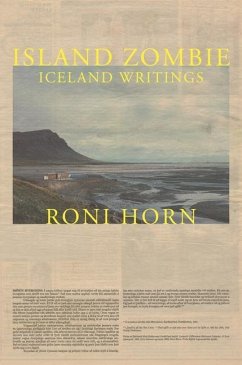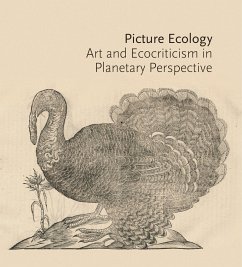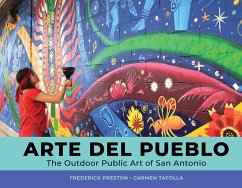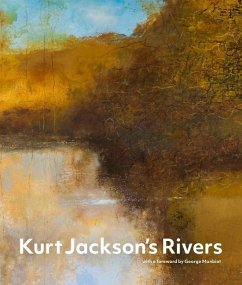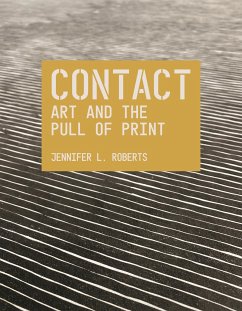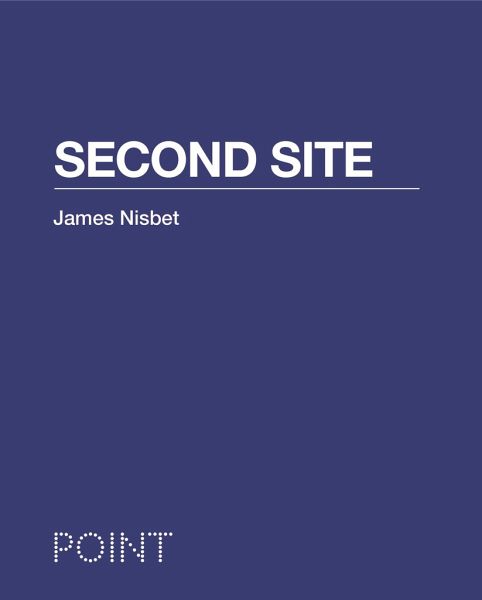
Second Site

PAYBACK Punkte
20 °P sammeln!
"In the decades following World War II, artists and designers developed the land art movement, consisting of outdoor artworks that can exist only in a specific place. Major works within this genre include Walter De Maria's Lightning Field (1977) located on an isolated high-desert plain in New Mexico; Robert Smithson's Spiral Jetty (1970) in the Great Salt Lake, the concrete cylinders of Nancy Holt's Sun Tunnels (1976), located in the Great Basin Desert in Utah; and other projects that nestle into environments ranging from open fields to concrete cityscapes. These works are typically depicted a...
"In the decades following World War II, artists and designers developed the land art movement, consisting of outdoor artworks that can exist only in a specific place. Major works within this genre include Walter De Maria's Lightning Field (1977) located on an isolated high-desert plain in New Mexico; Robert Smithson's Spiral Jetty (1970) in the Great Salt Lake, the concrete cylinders of Nancy Holt's Sun Tunnels (1976), located in the Great Basin Desert in Utah; and other projects that nestle into environments ranging from open fields to concrete cityscapes. These works are typically depicted as they were when originally constructed. Yet their environmental contexts have transformed due to weather, agriculture, climate change, land-use policy, and more. In Second Site, James Nisbet presents the first sustained argument on how to account for the passage of time and environmental change in site-specific artworks, ranging from Richard Serra's Shift (1970)-whose initial small-farm-setting is now a growing exurb of Toronto-to Ant Farm's Cadillac Ranch (1974) and Nancy Holt's Dark Star Park (1984). Nisbet argues for an ecological reading of the artworks' environments, and coins the term "second site" to argue that manmade artworks and non-living things have their own durations but co-exist in the continuous experience of an environment. Any single photograph or experience of a site can provide only one view of an ever-changing existence. Nisbet advocates for new methods of evaluation, conservation, and depiction in order to "read" the content of these sites of time. In doing so, he uses site-specific artworks to help understand what it means for humans and their cultural production to live in an ecologically volatile world"--






